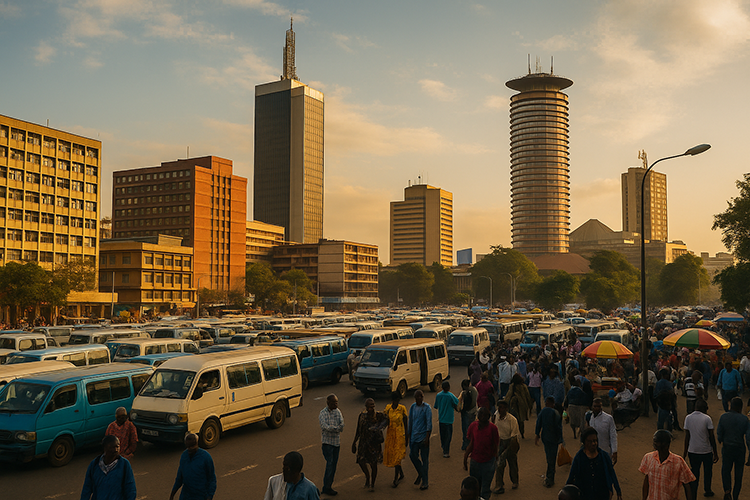2025-10-08
indicators

Economic activity in Sub-Saharan Africa is forecast to accelerate slightly this year, with regional output expected to rise to about 3.8 percent. That marks an improvement from the 3.5 percent growth recorded in 2024, supported by lower price inflation and a moderate rebound in investment flows. However, analysts warn that the region’s demographic dynamics and labour market structure threaten to erode the benefits of this expansion. Inflation has come down significantly: the number of countries with annual price rises above 10 percent dropped sharply over the past two-and-a-half years. Still, the region remains vulnerable to shifts in global trade policy, volatile capital inflows, and high public borrowing costs. Debt burdens have increased markedly — the cost of servicing cross-border debt more than doubled over the last decade and reached levels equivalent to roughly 2 percent of regional GDP. Almost half of the countries in the region are now considered at high risk of debt distress, a near trebling from a decade ago. Much of the population growth in Sub-Saharan Africa is set to occur among working-age individuals. In fact, the labour force is expected to expand by more than 600 million people over the next 25 years. Yet far too many new jobseekers remain confined to informal, low-paid, or family businesses. Only about one in four new labor-market entrants end up in formal wage employment, a weak link between economic growth and poverty reduction. The challenge ahead is not just about creating more jobs, but improving the quality of work. Experts argue that scaling up medium-sized and larger enterprises is vital to generating stable, well-paid employment at scale. To achieve this, governments need to improve infrastructure (energy, transport, digital networks), reduce bureaucratic barriers, enhance workforce skills, and provide a more predictable and transparent regulatory environment. Sectors with particularly strong potential include agribusiness, housing and construction, health services, tourism, and value-added manufacturing. The message is clear: despite recent resilience and modest gains, Sub-Saharan Africa still needs a more productive, inclusive growth model if it is to turn its demographic surge into a durable development dividend.

